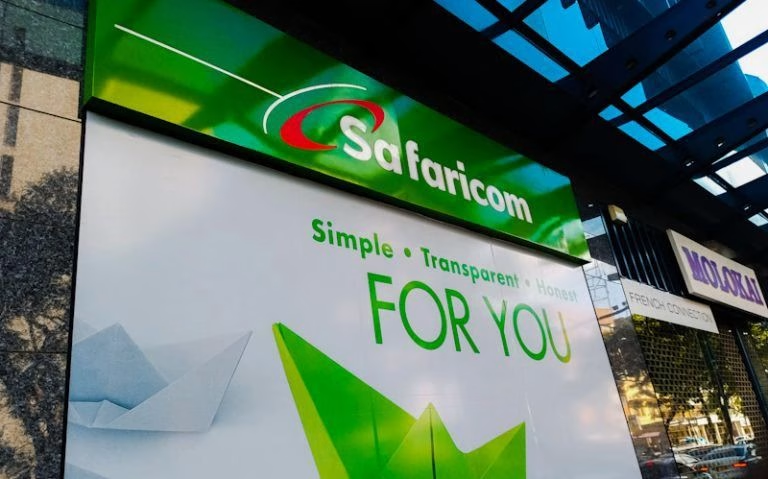Safaricom executed a feat that could redefine fintech like Pay Hero Kenya in Africa and beyond. The mobile money giant that transformed how millions handle money, underwent its most significant overhaul in a decade. Dubbed “Fintech 2.0,” this upgrade wasn’t marked by flashy ads or grand announcements. Instead, it was a quiet, meticulously planned shift to a new cloud-native core system—one that promises to keep M-Pesa ahead in a world of skyrocketing digital transactions and fierce competition. For fintech professionals, this is more than a tech upgrade; it’s a masterclass in staying relevant in a fast-evolving industry.

The Technical Leap: From Monolith to Microservices Mastery
Key upgrades at a glance:
| Feature | Before (Legacy System) | After (Fintech 2.0) | Why Fintech Pros Care |
|---|---|---|---|
| Transaction Capacity | 4,500 TPS | 6,000 TPS (scalable to 12,000) | Handles hyper-growth; think remittances spiking 30% YoY in East Africa. No more “system busy” errors during peak hours. |
| Architecture | Single-site, Huawei-dependent | Active-active, multi-site, cloud-agnostic | Redundancy kills downtime—outages dropped from hours to minutes. Enables multi-cloud strategies (e.g., Azure integration via Vodafone-Microsoft deal). |
| Deployment Speed | 3+ months for new features | Weeks via microservices & CI/CD pipelines | Faster iteration means quicker launches of AI credit scoring or embedded insurance—vital in a market where 100,000+ devs already integrate with M-Pesa. |
| Security & Monitoring | Reactive fraud detection | AI-powered real-time self-healing | Proactive threat neutralization; fraud costs African fintechs $1B+ yearly. This sets a benchmark for compliance in regulated markets. |
| Integrations | Limited APIs | RESTful APIs + low/no-code support | Lowers barriers for startups; expect a flood of new apps in e-commerce, lending, and remittances. |
The Nuts and Bolts of Fintech 2.0
Fintech 2.0 is about reengineering the engine that powers M-Pesa. The old system, running on Huawei Cloud since 2015, was no slouch—it handled 4,500 transactions per second (TPS) and processed 21 billion transactions annually. But as Africa’s digital economy booms, with mobile money transactions projected to hit $1 trillion by 2030, that infrastructure was starting to creak. Outages, though rare, could disrupt millions of users and cost millions in lost revenue. The new system ramps up capacity to 6,000 TPS at launch, with room to scale to 12,000—enough to absorb peak loads like holiday remittance surges or Black Friday e-commerce spikes without breaking a sweat.
What’s changed under the hood? The legacy system was a single-site setup, heavily reliant on one provider. Fintech 2.0 moves to an active-active, multi-site architecture that’s cloud-agnostic, meaning it can run across multiple providers like Huawei and, soon, Microsoft Azure, thanks to a 2024 Vodafone-Microsoft deal. This setup slashes downtime risks—outages that once lasted hours are now down to minutes. The shift to microservices is the real game-changer. Unlike the old monolithic system, where updating one feature could halt the entire network, microservices let developers tweak specific modules—like fraud detection or payment APIs—without touching the rest. New features that once took three months to roll out can now hit the market in weeks.
For fintech pros, this is a wake-up call. Scalability and resilience aren’t just buzzwords; they’re the foundation of staying competitive. M-Pesa’s ability to handle 125 billion transactions a year while keeping services online sets a benchmark for payment service providers (PSPs) everywhere. If your platform can’t match that uptime or speed, you’re already playing catch-up.

M-Pesa’s transformation goes beyond Safaricom’s own goals—it’s a signal of the bold, strategic investments needed to stay a leader and drive financial inclusion across Africa. This upgrade highlights the critical importance of building resilient, scalable, and secure systems to meet the demands of a rapidly growing digital economy. What do you think of M-Pesa’s strategic move? How might this reshape the fintech landscape in East Africa and further afield?